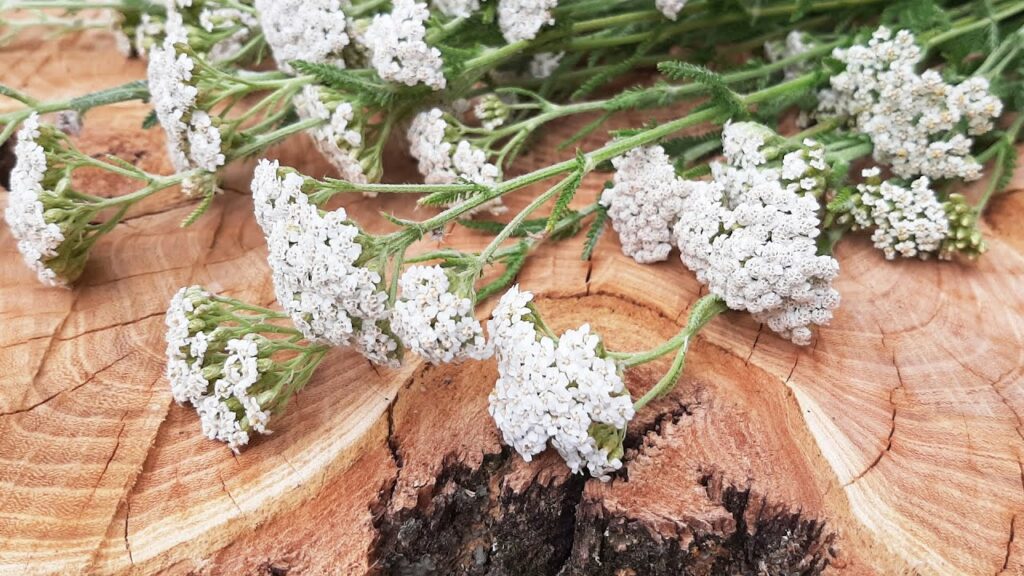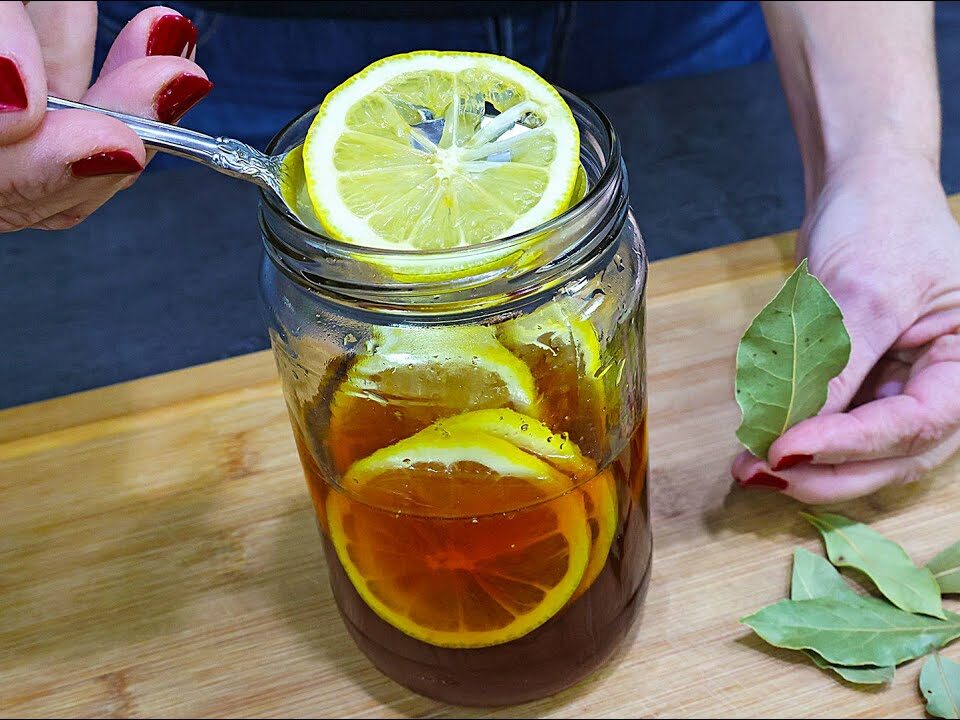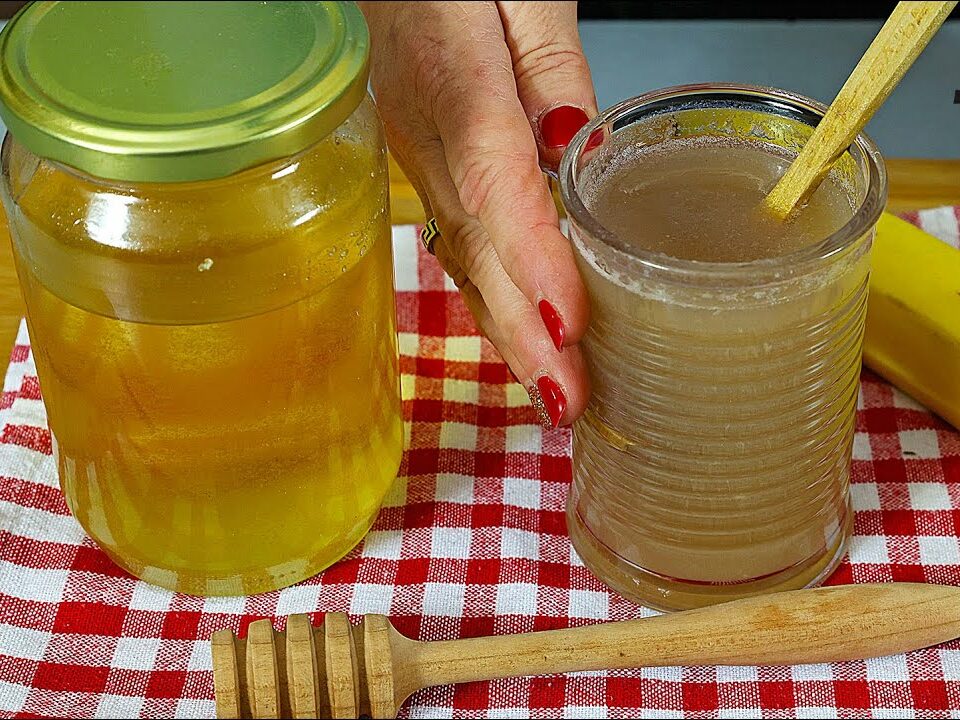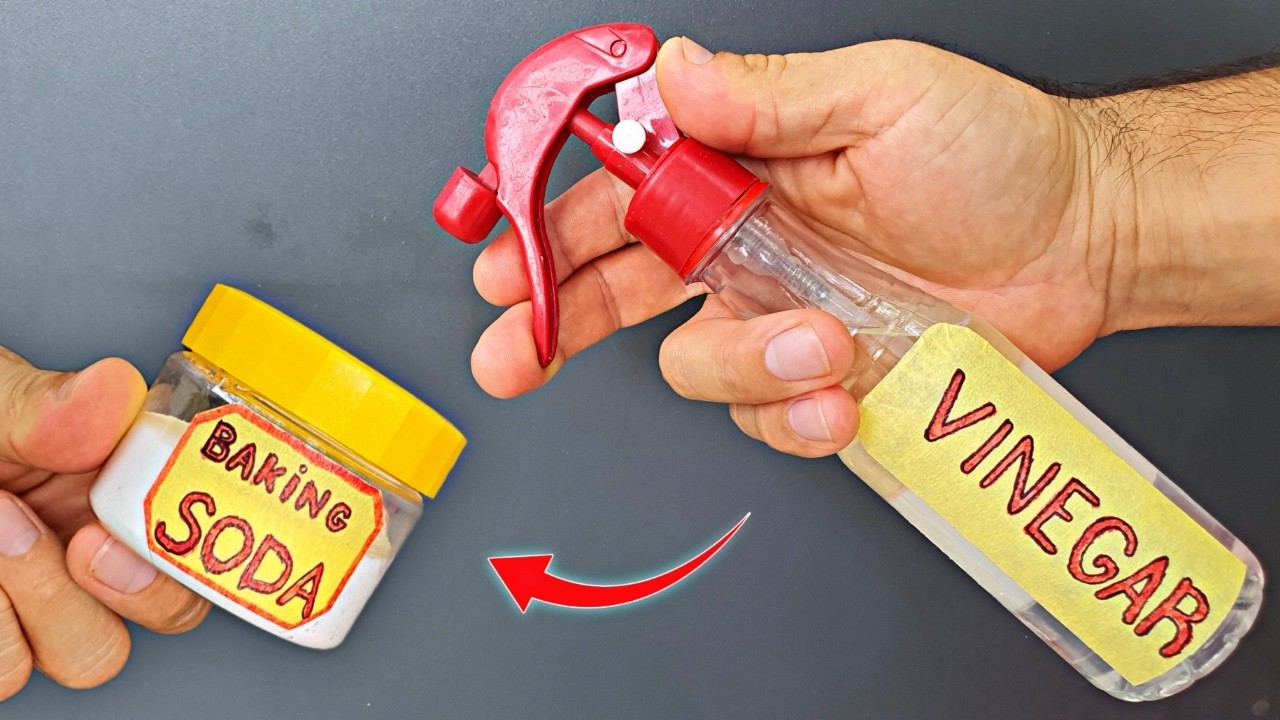
Yarrow, a plant that blooms all summer long, is a powerhouse of benefits that everyone should have in their garden. Known scientifically as Achillea millefolium, yarrow has been used for centuries for its medicinal properties. Whether you’re tending to minor cuts or looking for a natural way to boost your health, yarrow is a versatile and invaluable plant. Here’s why yarrow deserves a place in your garden and your home.
The Benefits of Yarrow
Yarrow is renowned for its wide range of health benefits, making it a go-to plant for both first and last aid. Here are some key advantages:
-
Wound Healing:
-
Yarrow has natural antiseptic and anti-inflammatory properties. It can be used to stop bleeding from minor cuts and scrapes. Simply crush fresh yarrow leaves and apply them directly to the wound to help speed up the healing process.
-
-
Digestive Aid:
-
Drinking yarrow tea can help alleviate digestive issues such as bloating, indigestion, and cramps. The plant’s antispasmodic properties help relax the muscles of the digestive tract.
-
-
Fever Reducer:
-
Yarrow is known as a natural diaphoretic, meaning it helps to induce sweating, which can be useful for reducing fevers and promoting detoxification.
-
-
Menstrual Relief:
-
For women, yarrow can help regulate menstrual cycles and relieve cramps. Its anti-inflammatory and antispasmodic effects are particularly beneficial during menstruation.
-
-
Respiratory Support:
-
Yarrow tea can also help alleviate symptoms of colds and respiratory infections by reducing congestion and inflammation.
-
How to Grow Yarrow
Growing yarrow is easy, as it is a hardy plant that thrives in a variety of conditions. Here’s how to ensure your yarrow plant flourishes:
-
Planting:
-
Yarrow prefers full sun but can tolerate partial shade. Plant yarrow seeds or seedlings in well-drained soil after the last frost.
-
-
Watering:
-
Water yarrow regularly until it is established. Once mature, it is quite drought-tolerant and requires minimal watering.
-
-
Maintenance:
-
Yarrow is a low-maintenance plant. Deadhead spent flowers to encourage continuous blooming throughout the summer. Divide the plants every few years to prevent overcrowding and ensure healthy growth.
-
How to Use Yarrow
-
Fresh Leaves: Crush and apply fresh leaves to minor wounds to stop bleeding.
-
Dried Leaves and Flowers: Use dried yarrow to make teas or tinctures. Simply steep a teaspoon of dried yarrow in hot water for 10 minutes to make a soothing tea.
-
Salves and Balms: Infuse yarrow in oil to create healing salves and balms for topical use.
Conclusion
Yarrow is a versatile and powerful plant that can provide first and last aid for a variety of ailments. Its ability to thrive all summer long makes it an excellent addition to any garden. Whether you use it for its medicinal properties or simply enjoy its delicate, feathery blooms, yarrow is a plant that offers numerous benefits. Grow your own yarrow and discover the natural healing power it brings to your home.





